Thinking of splurging on a Michelin-starred meal? While some restaurants deliver unforgettable, once-in-a-lifetime experiences, others ride on reputation more than flavor. From coast to coast, the U.S. boasts culinary gems that truly earn their stars—offering inventive menus, flawless service, and ambiance that lives up to the hype. But not every glittering star tells the full story. Some establishments leave diners underwhelmed, with sky-high prices that don’t quite match the plate. Whether you’re planning a foodie road trip or booking that special occasion dinner, here are 10 must-try Michelin-starred spots—and 5 that just don’t live up to the hype.
1. The French Laundry – Culinary Poetry in Yountville
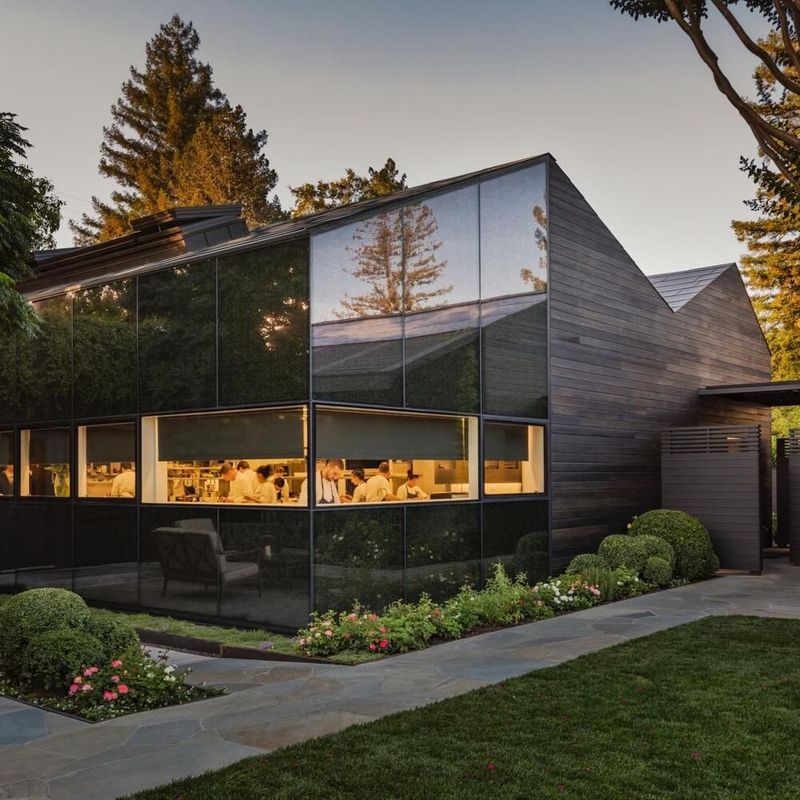
Chef Thomas Keller’s three-star masterpiece nestled in California wine country offers an experience that transcends mere dining. The nine-course tasting menu changes daily, showcasing impeccable seasonal ingredients with French techniques and surprising twists.
Their signature “Oysters and Pearls” – a sabayon of pearl tapioca with Island Creek oysters and white sturgeon caviar – exemplifies their perfect balance of luxury and comfort.
The restored stone building, once a steam laundry in the 1920s, provides an intimate setting for culinary magic. Reservations open two months ahead and disappear within minutes – worth setting your alarm for.
2. Eleven Madison Park – Plant-Based Revolution in Manhattan
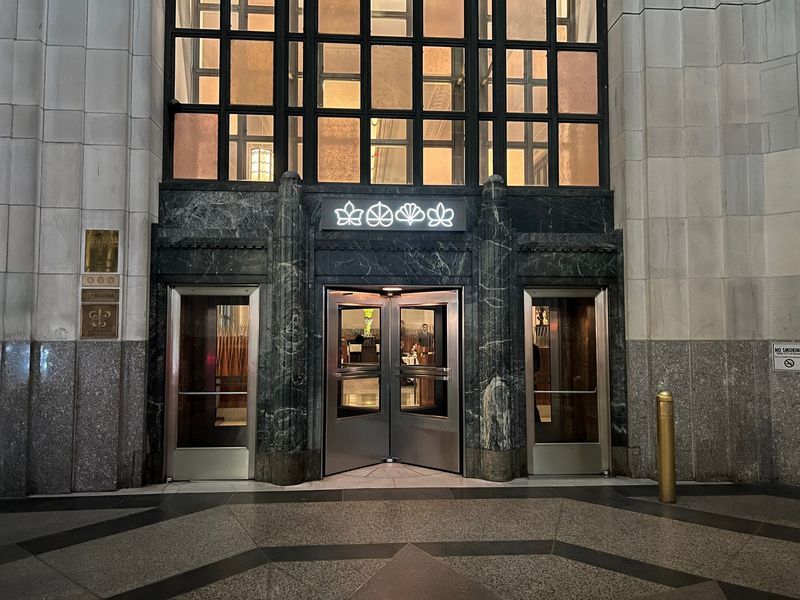
Walking into Eleven Madison Park feels like entering a cathedral of gastronomy. Chef Daniel Humm shocked the culinary world by transforming his three-star restaurant into a completely plant-based dining experience – proving vegetables can create memories as profound as any meat dish.
The sunflower with fermented pumpkin seed butter might make you forget animal proteins ever existed. Their impeccable service adds to the magic, with staff who anticipate your needs before you realize them yourself.
The grand Art Deco space with soaring ceilings overlooks Madison Square Park, creating a dramatic backdrop for this bold culinary statement.
3. Benu – Asian-American Brilliance in San Francisco
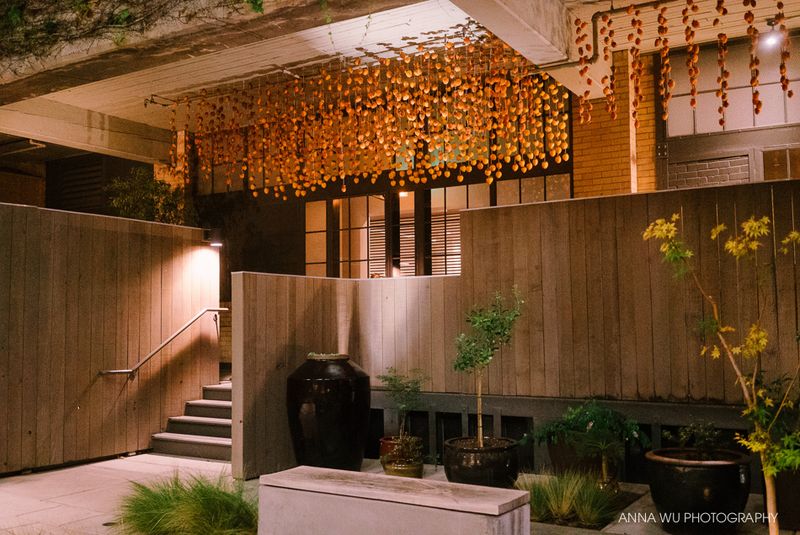
Chef Corey Lee’s thousand-year-old quail egg might be the most unforgettable bite in American fine dining. Fermented for months in clay pots, this signature amuse-bouche sets the tone for Benu’s extraordinary fusion of Eastern techniques and Western ingredients.
The minimalist dining room fades away as each meticulously crafted dish arrives, allowing Lee’s Korean-Chinese-American influences to take center stage.
His shark fin soup substitute – made from hydrocolloids to mimic the texture of the controversial ingredient – showcases his innovative approach. The wine pairings, often featuring rare sake and unusual varietals, elevate the experience to true three-star territory.
4. The Inn at Little Washington – Theatrical Elegance in Rural Virginia
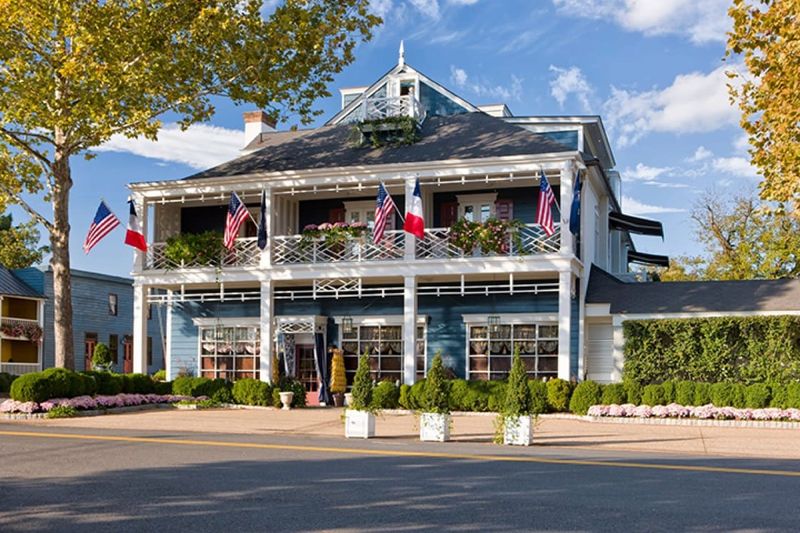
Cheese arrives on a cow-shaped cart named Faira at this whimsical three-star hideaway in the Virginia countryside. Chef Patrick O’Connell, the self-taught culinary genius behind this 40-year institution, brings playfulness to haute cuisine without sacrificing an ounce of quality.
The carpeted dining rooms adorned with silk lampshades feel like entering a wealthy eccentric’s country home. Signature dishes like the “Tin of Sin”—a tin filled with American Osetra caviar, peekytoe crab, and cucumber rillette—highlight O’Connell’s masterful technique.
The dishes also exemplifies his flair for theatrical presentation. Stay overnight in one of their luxurious rooms to fully appreciate this gastronomic wonderland.
5. n/naka – Kaiseki Mastery in Los Angeles
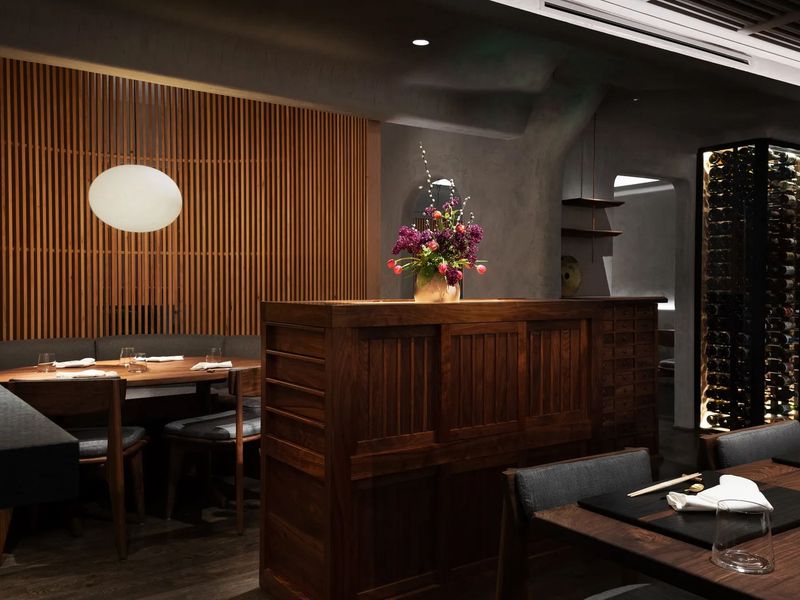
Hidden behind an unassuming facade in Culver City, Chef Niki Nakayama crafts the most profound Japanese kaiseki experience in America. Each 13-course meal follows ancient traditions while incorporating California’s bounty, creating something entirely new yet deeply respectful of culinary heritage.
Her signature dish – a pasta course that bridges her Japanese roots with Italian technique – exemplifies n/naka’s boundary-crossing brilliance.
The zen-like dining room houses just 26 seats, ensuring meticulous attention to every guest’s experience. Reservations require planning months ahead, but witnessing Nakayama’s artistry makes the wait worthwhile.
6. Ever – Modernist Excellence in Chicago
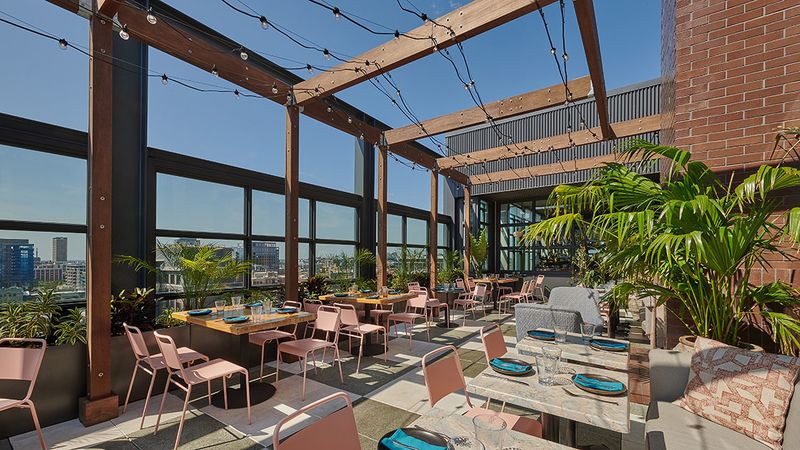
Chef Curtis Duffy’s comeback restaurant showcases technical wizardry without sacrificing soul. After leaving Grace (his previous three-star establishment), Duffy created Ever as his definitive culinary statement – a temple to progressive American cuisine with global inspirations.
The 8-10 course tasting menu might include impossibly delicate king crab wrapped in cucumber gelee or dry-aged duck with huckleberry and foie gras.
The dining room itself feels like entering another dimension, with curved concrete walls and dramatic spotlighting that frames each dish as the masterpiece it is. Two Michelin stars already, Ever seems destined for the coveted third.
7. The Den at Azabu – Sushi Perfection in Miami Beach
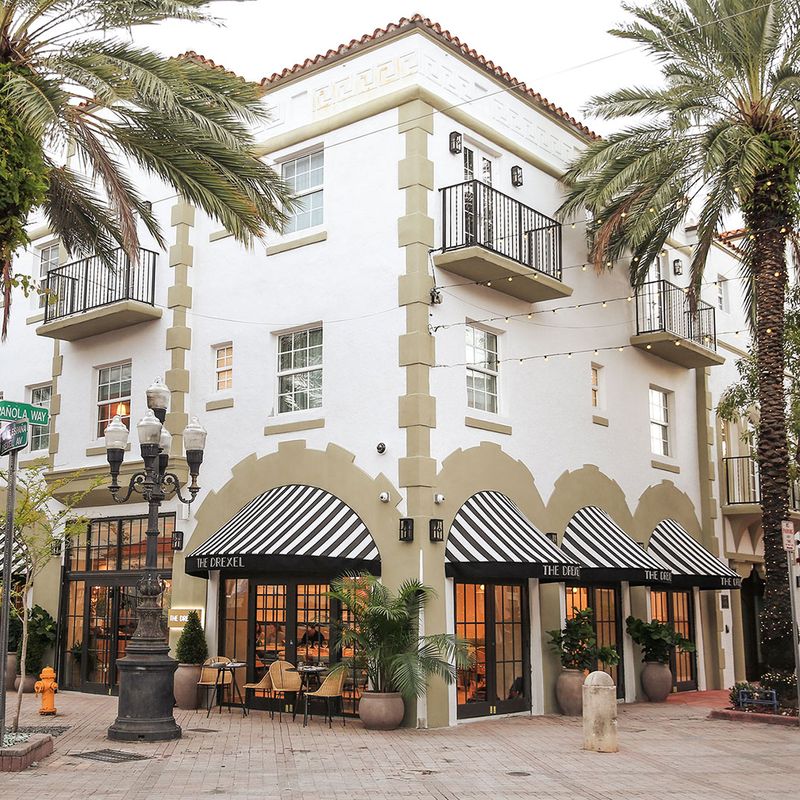
Eight lucky diners nightly experience fish flown directly from Japan at this hidden gem within Azabu Miami Beach. The Den’s counter-only experience offers the most authentic omakase outside Japan, with chefs trained in Tokyo’s legendary fish markets.
Each piece of nigiri arrives at precisely the right temperature, seasoned exactly as it should be – no additional soy sauce needed. The minimalist space focuses attention where it belongs: on the fish and the mesmerizing knife skills of the itamae crafting each bite.
Reserve well in advance for this intimate one-star experience that rivals Miami’s flashier dining establishments.
8. Rose’s Luxury – Casual Brilliance in Washington DC
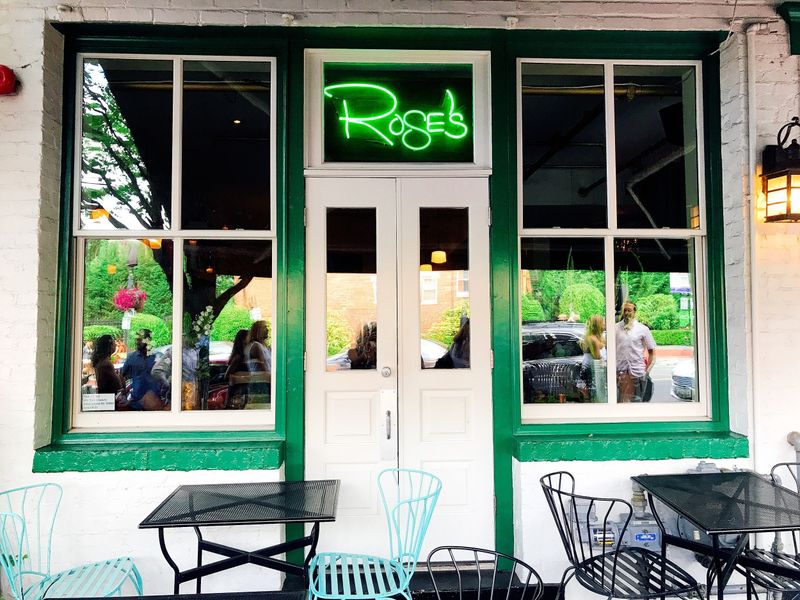
Lychee salad with pork sausage, habanero and coconut might sound bizarre until you taste it at Aaron Silverman’s game-changing DC restaurant.
This unexpected combination of sweet, spicy, crunchy and savory elements exemplifies why Rose’s earned its Michelin star while maintaining a neighborhood restaurant soul. Unlike most starred establishments, Rose’s skips the tasting menu format for an à la carte approach that encourages sharing and exploration.
The two-story townhouse buzzes with energy, servers genuinely enjoy their jobs, and the kitchen consistently delivers dishes that make you laugh with delight. Their famous “pay what you want” pasta course funds staff field trips to culinary destinations worldwide.
9. Hayato – Intimate Japanese Artistry in Los Angeles

Seven diners nightly witness Chef Brandon Go’s one-man show of Japanese culinary perfection at this tiny jewel box in downtown LA. Trained for years in Japan, Go prepares every element of the kaiseki meal himself – from the hand-carved chopstick rests to the final perfect grain of rice.
His signature dish of steamed abalone liver with dashi jelly showcases his commitment to traditional techniques with zero shortcuts.
The restaurant’s location in an industrial complex makes finding it part of the adventure. With just one seating per night and two Michelin stars to its name, securing a reservation requires both planning and luck.
10. Quince – Refined Italian-Californian Harmony in San Francisco
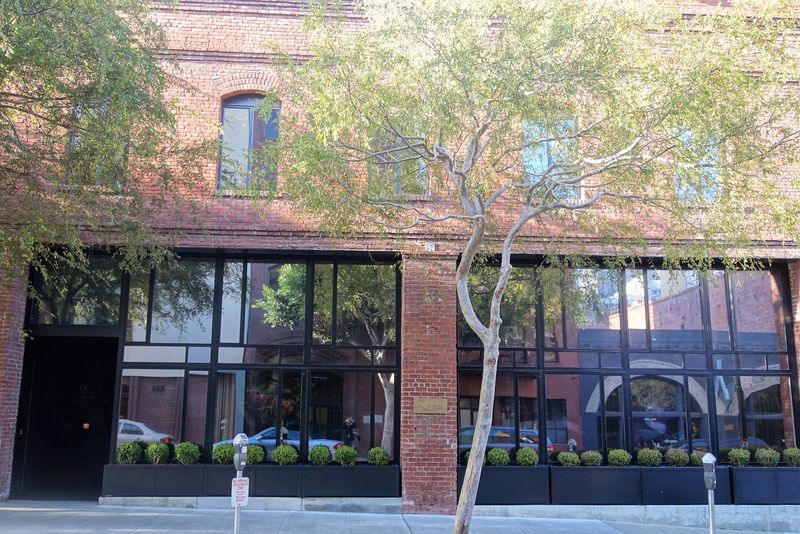
Chef Michael Tusk’s handmade agnolotti del plin stuffed with roasted rabbit and served with sage butter creates an immediate time-warp to Northern Italian countryside dining. Yet Quince is thoroughly Californian, with much of its produce coming from the restaurant’s exclusive farm in Bolinas.
The elegant dining room – all muted tones and flattering lighting – provides the perfect backdrop for Tusk’s refined cuisine. Their famous “A Jar of Pickles” course arrives in a custom-made Limoges porcelain vessel, showcasing seasonal vegetables preserved at their peak.
Three well-deserved Michelin stars recognize Quince’s perfect marriage of European technique with Bay Area ingredients.
11. Atelier Crenn – Beautiful Plating, Forgettable Flavors

Chef Dominique Crenn’s poetic approach to cooking yields some of the most Instagram-worthy plates in America. Unfortunately, the visual artistry often outshines the actual flavors. Each course arrives with a line of poetry, creating expectations that the taste doesn’t always fulfill.
The three-star rating seems more a recognition of ambition than consistent execution. While some dishes genuinely impress, others leave you wondering if style has trumped substance.
The tiny portions and astronomical price tag ($435+ per person before drinks) make the occasional misses particularly disappointing, especially when neighboring San Francisco restaurants deliver more satisfying experiences at lower price points.
12. Chef’s Table at Brooklyn Fare – Fading Glory in Manhattan
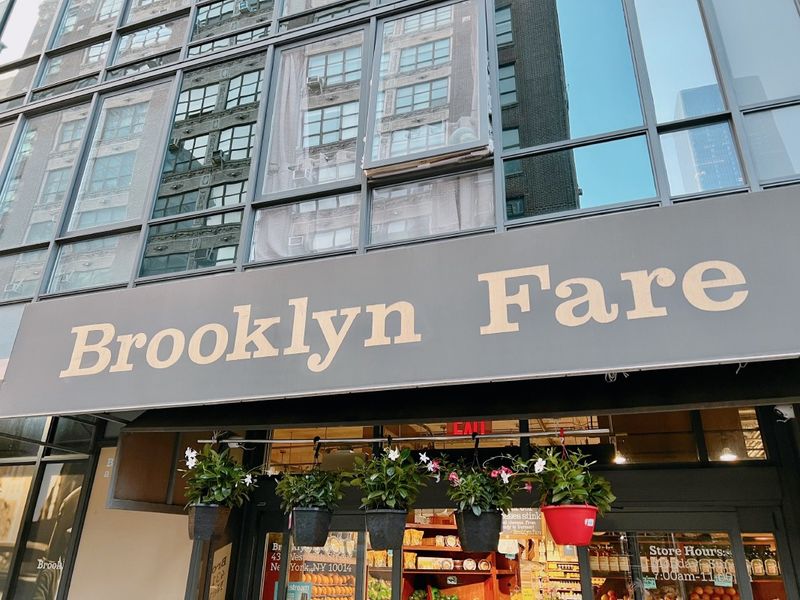
Once the hardest reservation in New York, this transplanted Brooklyn institution has lost its magic since relocating to Manhattan. The counter-only format remains, but something essential disappeared during the move across the East River.
Chef César Ramirez’s departure further diminished the experience, with current iterations feeling like a greatest-hits compilation performed by a cover band. The primarily seafood menu still showcases luxury ingredients, but dishes lack the precision and passion that earned three Michelin stars.
At $430 per person, the value proposition becomes questionable, especially with so many exciting alternatives in New York’s dynamic dining scene.
13. Per Se – Living on Past Reputation in New York

Thomas Keller’s East Coast flagship has struggled to maintain standards while keeping its three stars. The breathtaking Columbus Circle views remain stunning, but the cooking has become predictable rather than revelatory.
Service issues have plagued recent visits, with long waits between courses and occasionally aloof staff – a stark contrast to the warm hospitality at The French Laundry. Their famous “Oysters and Pearls” dish tastes virtually identical to the one served in California, highlighting a lack of evolution and creativity.
At $425 per person before supplements, wine, and mandatory 20% service charge, Per Se delivers a perfectly adequate experience when extraordinary should be the minimum standard.
14. Saison – Overpriced Pretension in San Francisco
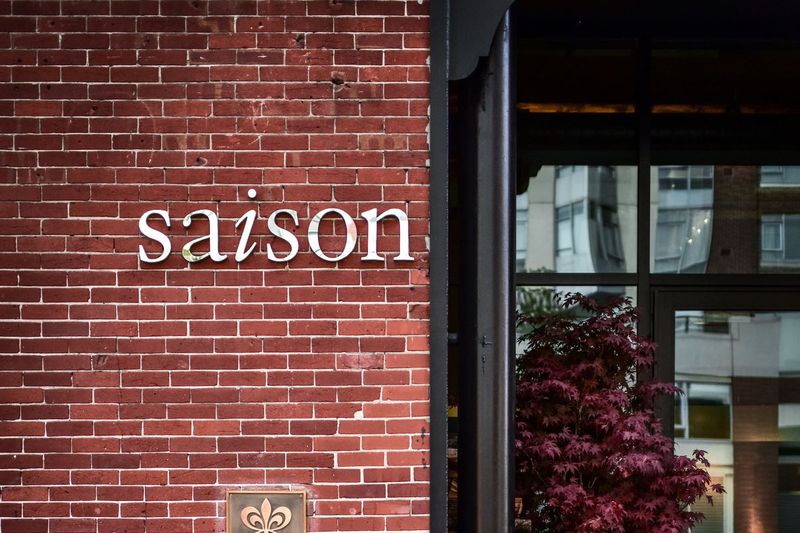
Fire-focused cooking reaches its pretentious peak at Saison, where simple ingredients undergo complex transformations that don’t always justify the effort or cost. The open kitchen showcases chefs meticulously tweezering herbs onto plates that will set you back $328 before supplements and beverages.
While some dishes genuinely impress – particularly those featuring game and seafood – others seem deliberately challenging rather than pleasurable. The minimalist industrial space with uncomfortable seating doesn’t help justify the price tag.
Chef Laurent Gras has maintained the restaurant’s two stars, but the overall experience feels increasingly disconnected from what modern diners value.
15. Alinea – More Science Experiment Than Satisfying Meal
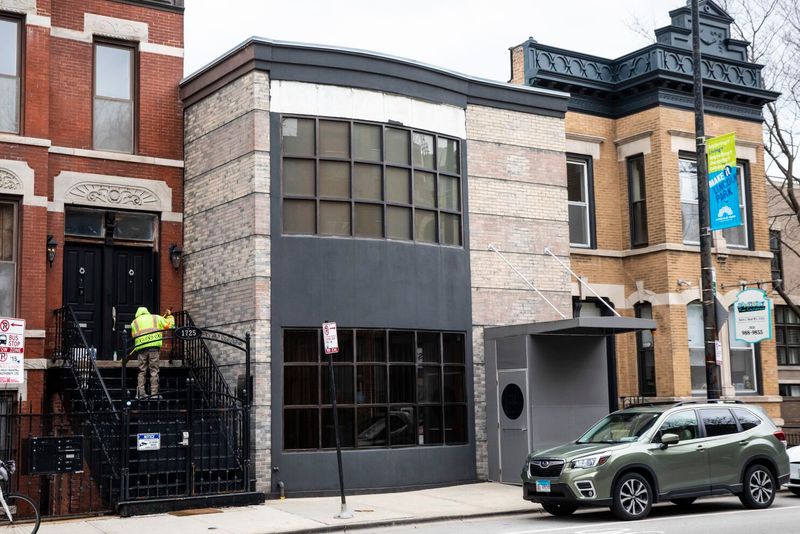
Chef Grant Achatz pioneered molecular gastronomy in America, but Alinea’s theatrical presentations increasingly feel like gimmicks rather than enhancements. The famous edible balloon – while technically impressive – exemplifies style overshadowing substance.
Dining becomes passive entertainment rather than active pleasure, with guests expected to marvel at the kitchen’s cleverness instead of being genuinely nourished. The sterile, laboratory-like atmosphere further distances diners from traditional hospitality warmth.
While Alinea maintains three Michelin stars and undeniable historical significance, competitors like Ever and Smyth deliver more delicious, less self-conscious Chicago dining experiences at lower price points.
Leave a comment